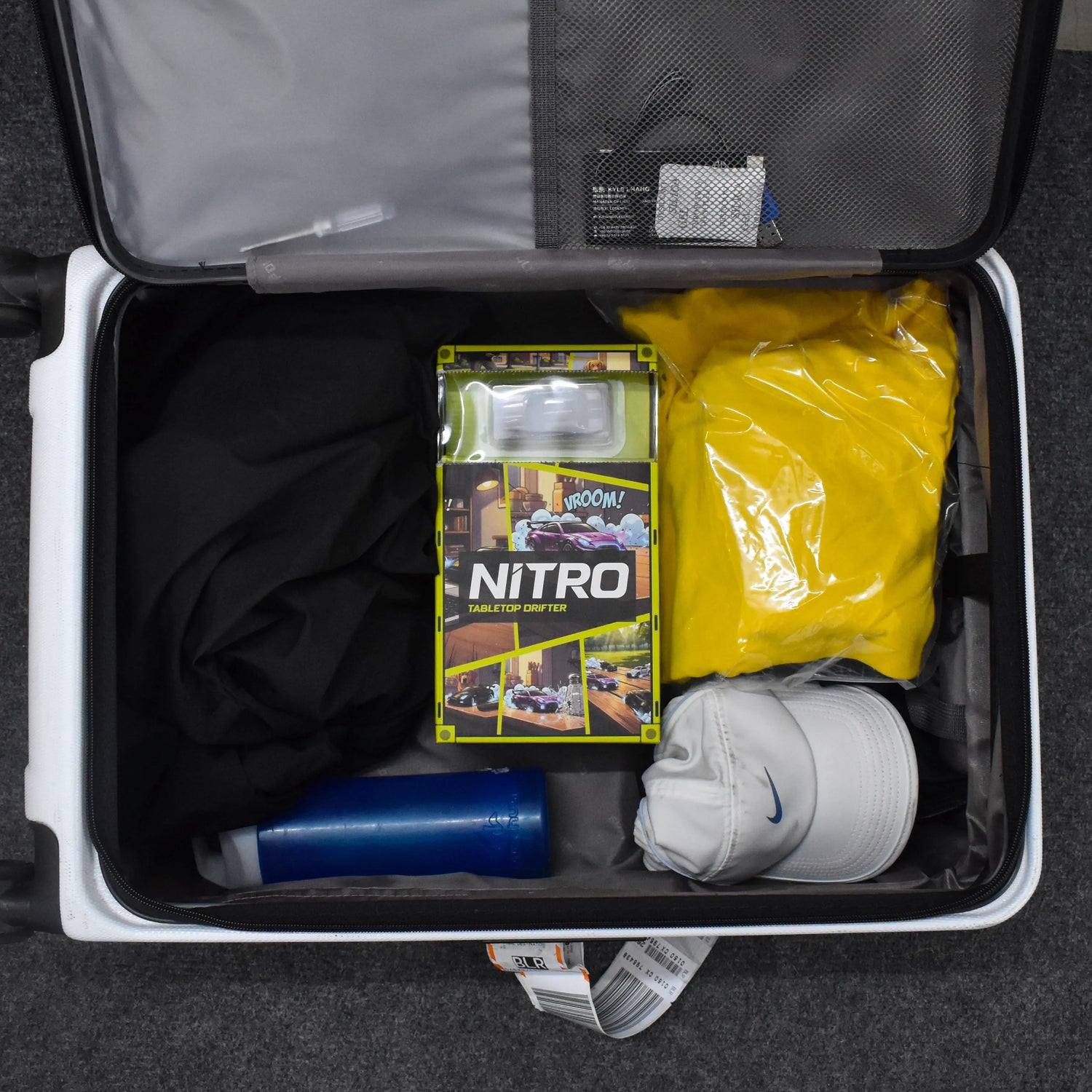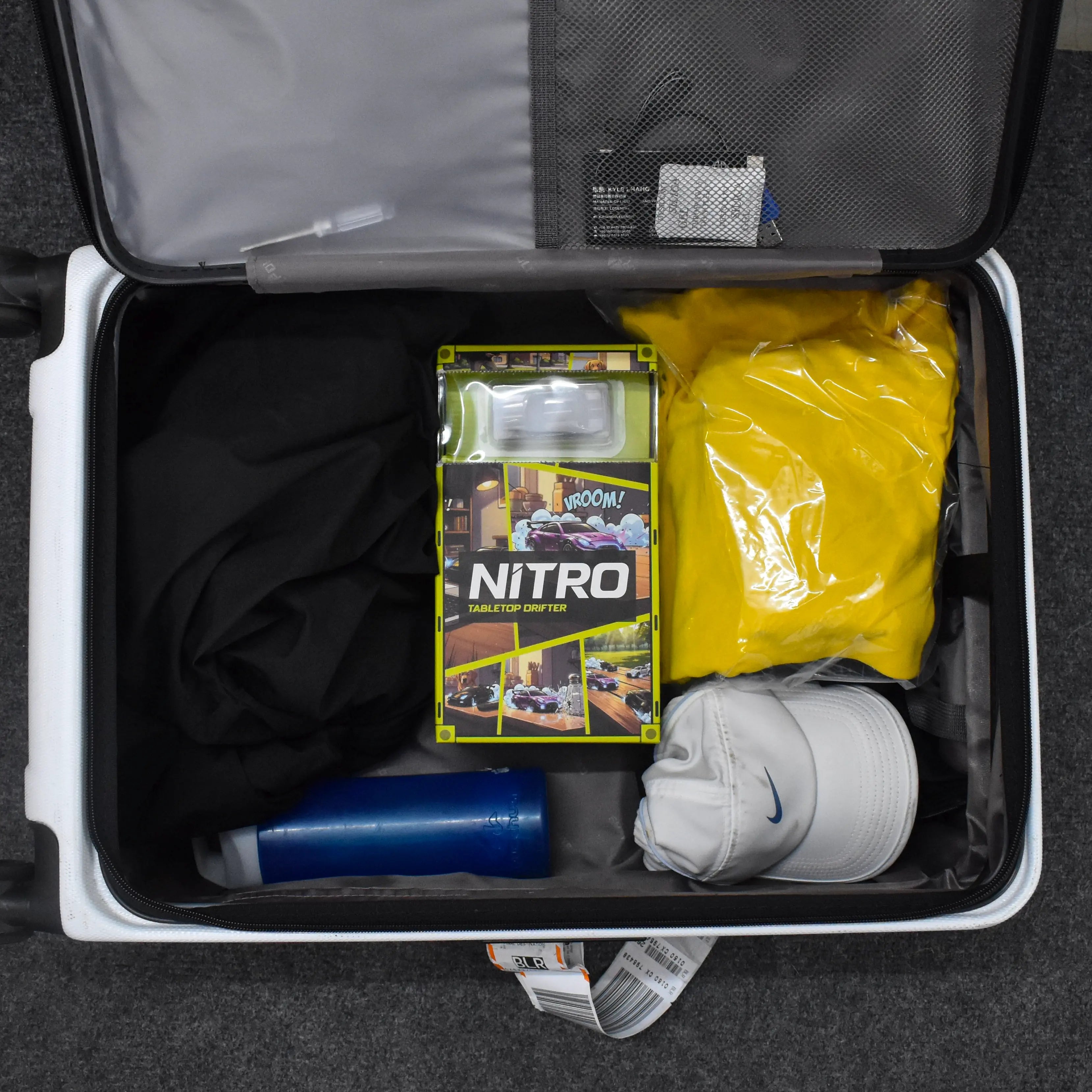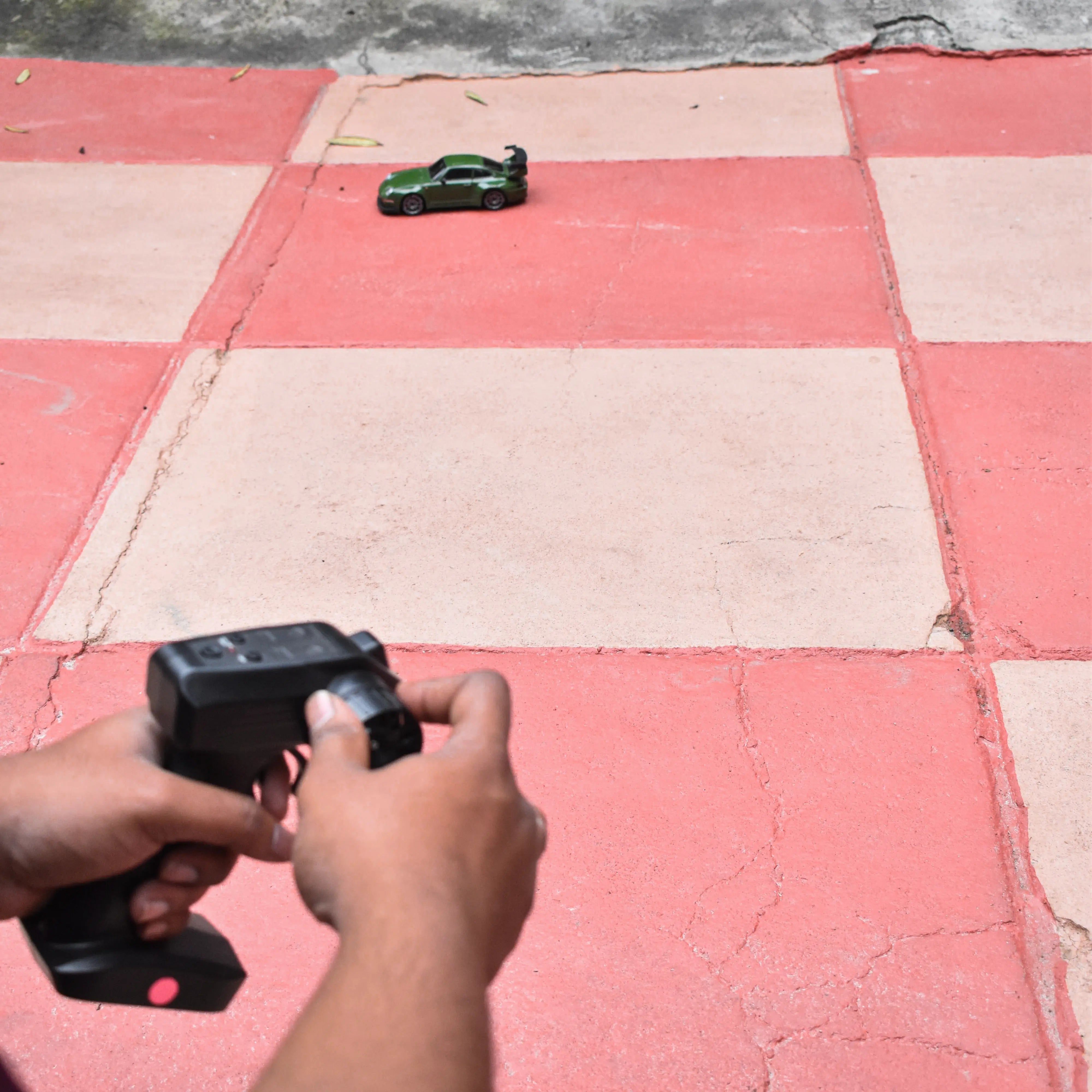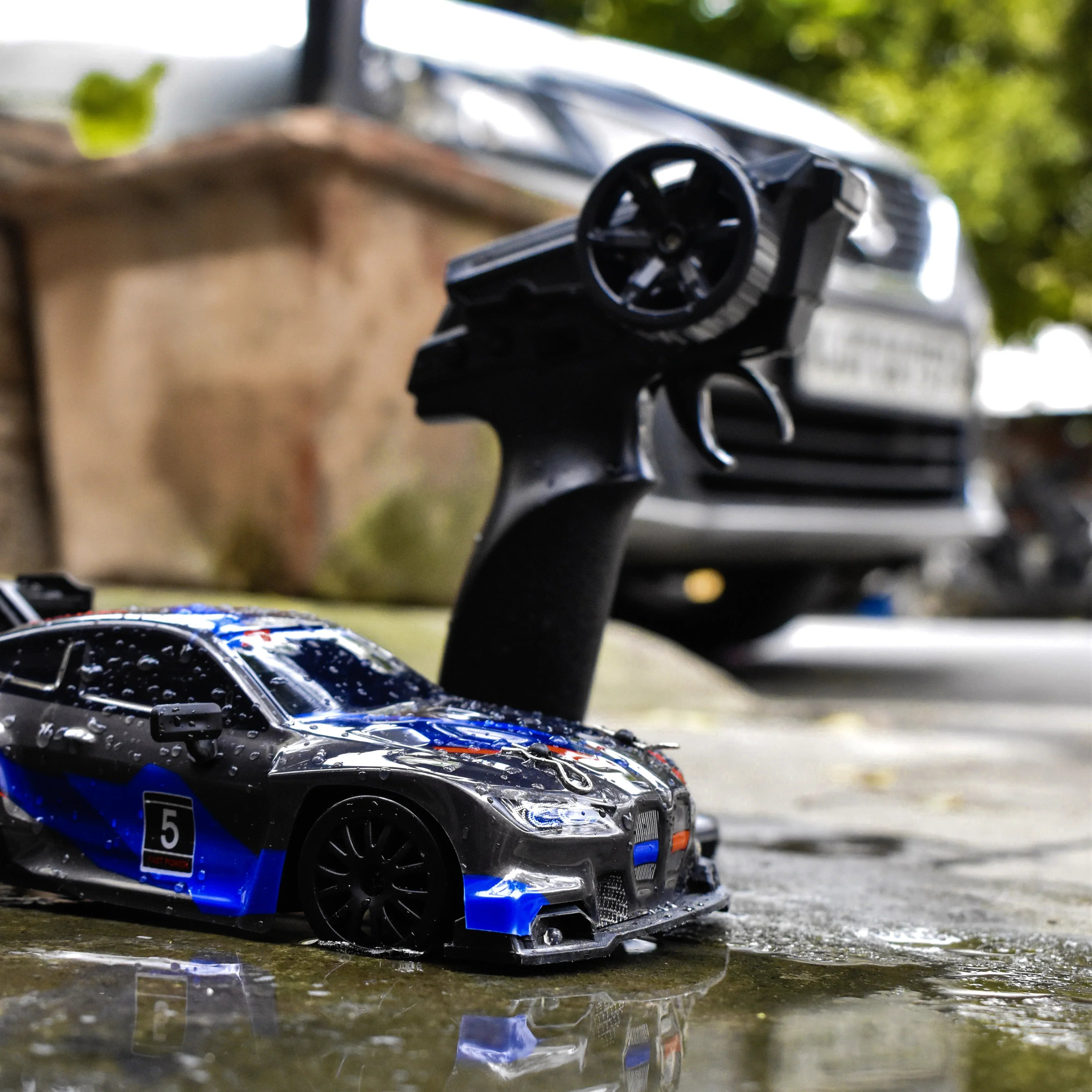Traveling with your RC car? Before you pack those batteries, read this — because not every cell that powers your drift machine is cleared for take-off. Indian airlines follow DGCA and IATA rules, which have strict guidelines for Li-ion and Li-Po batteries used in RC cars and drones.
The Basics
Most RC car batteries are lithium-based and measured in watt-hours (Wh). If your battery is below 100 Wh, it’s considered small enough for personal electronics — but how and where you carry it matters.
Cabin or Check-in?
-
Spare batteries (not inside the RC car) : Cabin only. Terminals must be taped or covered and packed separately.
-
Installed batteries (inside your RC car) : Allowed in the cabin if switched off and protected from accidental activation.
-
Some airlines may allow them in check-in, but most Indian security officers will ask you to remove and carry them in the cabin, so plan for that.
Higher Capacity Batteries
If your battery is between 100 Wh and 160 Wh, you can carry up to two spares in the cabin only with airline approval. Anything above 160 Wh isn’t allowed on passenger flights — period.
Pro Tips Before You Fly
-
Discharge to 30–50 % before boarding.
-
Tape the terminals and pack each battery in its own sleeve.
-
Carry a spec sheet or printed label showing voltage and capacity for easy security clearance.
-
And most importantly — always confirm with your airline before flying, as carrier-specific limits or documentation rules may differ.
Final Words
Whether you’re flying domestic with IndiGo or international on Emirates, the rule of thumb stays the same:
Spare batteries in cabin, nothing lithium in checked baggage.
When in doubt, contact your airline or airport authorities for written confirmation.
Play safe, fly smart, and keep your Legend of Toys gear ready for take-off.
